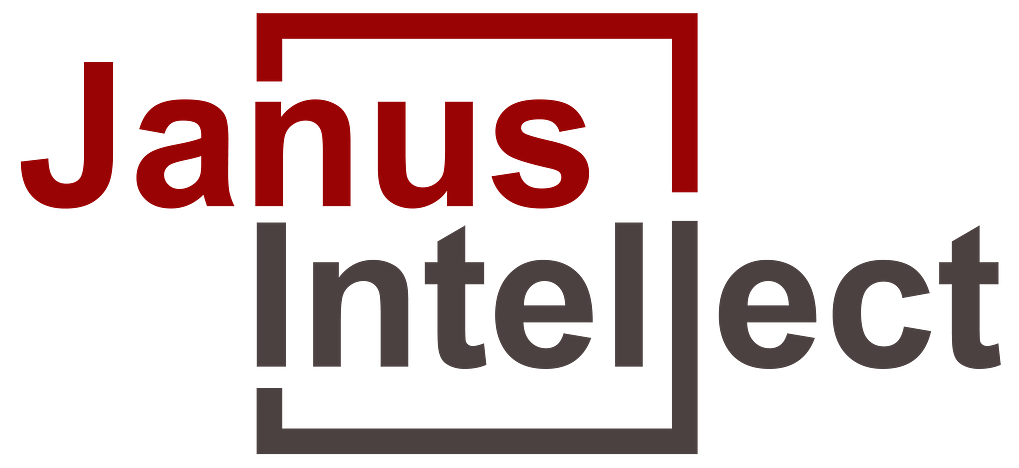The Global Air Taxi Market is set to surge from USD xxx in 2023 to a projected USD xxx by 2028, growing at a CAGR of xxx%.
The Air Taxi, also called a flying taxi or aerial taxi, offers compact, on-demand air transportation, swiftly moving passengers between locations. These vehicles are typically smaller than traditional aircraft, providing a more agile and time-saving alternative to ground transportation.
The Air Taxi market thrives on the rising urban congestion issue, pushing for alternative transportation. Dublin lost 158 rush-hour hours in 2023, Mexico City 152, and London 148, highlighting the need for change. With cities becoming more densely populated, road traffic congestion is becoming an issue. Advancements in electric propulsion and batteries drive cleaner, sustainable Air Taxis, aligning with global environmental shifts. Additionally, the demand for time-efficient travel is high, with Air Taxis significantly reducing travel time compared to ground methods.
However, the Air Taxi market is not without its challenges and restraints. Developing and implementing a robust and safe air traffic management system to accommodate the influx of Air Taxis in urban skies is a major challenge. Integrating these vehicles into existing airspace without compromising safety is a complex task that requires careful planning and coordination. Additionally, regulatory hurdles pose a significant restraint as aviation authorities worldwide grapple with defining the rules and standards for Air Taxi operations. Concerns related to noise pollution, infrastructure requirements, and public acceptance also contribute to market challenges.
Numerous opportunities present themselves for stakeholders in the Air Taxi market. The partnerships between aviation companies, technology providers, and urban planning authorities could lead to addressing Air Taxi integration’s technical and regulatory solutions. For instance, Honeywell initiated project OperA, involving 15 partners from 11 European countries, aiming for completion by 2026. The project aims to develop solutions for complex AAM-piloted Air Taxi and uncrewed cargo operations, experiencing real-life air traffic control conditions in Europe.
Moreover, developing innovative business models, such as subscription-based Air Taxi services and partnerships with ride-sharing platforms, could open new revenue streams for industry players. For instance, in 2022, Joby Aviation partnered with Japanese airline ANA to bring aerial ridesharing services to Japan.
Segment Analysis
The Global Air Taxi Market is segmented based on Lift Technology, Propulsion Type, Range, Mode of Operations, Passenger Capacity, and Geography.
By Propulsion Type, the Global Air Taxi Market is segmented into Parallel Hybrid, Electric, Turboshaft, and Turboelectric. The electric segment is expected to hold the fastest CAGR. With the growing apprehensions regarding the need to curtail carbon emissions and address climate change, the Air Taxi sector is actively adopting eco-friendly aviation solutions. Air Taxis, propelled by renewable energy sources, are getting substantial interest due to their capacity to diminish greenhouse gas emissions. In addition, the advantages of electric propulsion systems, such as reduced operational costs and decreased noise pollution, further drive the demand for the electric segment. However, limited battery technology might restrict the range of electric-powered Air Taxis.
By Mode of Operations, the market is bifurcated into Piloted and Autonomous. The piloted segments hold the largest market share. Piloted Air Taxis have existing regulations that mandate the presence of a human pilot to ensure adherence to safety standards and elevate passenger safety. In addition, the presence of human pilots help Passengers naturally feel more secure when a capable pilot is in control. Particularly during the initial phases of introducing Air Taxi services.
Furthermore, the urban airspace complexities, varying weather conditions, and the demand for real-time decision-making favor human pilots’ adaptability. While advancements in autonomous technologies and evolving regulatory frameworks may shape future market dynamics, the emphasis on piloted systems persists due to regulatory alignment, public trust, and the adaptability of human pilots to complex operational conditions.
Regional Analysis
Meanwhile, it is anticipated the Asia-Pacific region to lead with the fastest CAGR. Rapid urbanization, especially in China and India, creates an environment where air taxis could alleviate ground congestion. However, regulatory complexities, airspace management challenges, and infrastructure gaps pose hurdles to widespread adoption. Nonetheless, partnerships between air taxi operators, technology firms, and governments are collaborating to address these challenges. For instance, in 2023, IndiGo parent co InterGlobe Enterprises and Archer Aviation officially entered into an MoU to launch an all-electric air taxi service in India.
List of Companies
The report provides profiles of the key companies, outlining their history, business segments, product overview, and company financials. Some companies from competitive analysis are Airbus Urban Air Mobility, Boeing Co., Dassault Aviation, EHang, Honeywell, etc.
Key Developments
Joby Aviation, Inc. signed an agreement with Helo Holdings, Inc. To install the first air taxi charger at the company’s heliport in Kearny, New Jersey. – Jan 2024
Hyundai Motor Group unveils prototype for flying taxi S-A2 at CES 2024, targeting urban areas with heavy traffic. – Jan 2024
Frequently Asked Questions
How Much Is The Global Air Taxi Market Size?
The Global Air Taxi Market is set to surge from USD xxx in 2023 to a projected USD xxx by 2028, growing at a CAGR of xx%.
What Is The Major Global Air Taxi Market Driver?
- Increasing Urbanization and Road Traffic Congestion
- Advancements in Electric Vertical Takeoff and Landing (eVTOL) Technologies
- Increasing Demand for Time-Efficient Travel
What are the Major Air Taxi Market Opportunities?
- Potential for Partnerships between Aviation Companies and Governments
- Development of Innovative Business Models
Who Are The Air Taxi Market Players?
Airbus Urban Air Mobility, Boeing Co., Dassault Aviation, EHang, Honeywell, etc.




